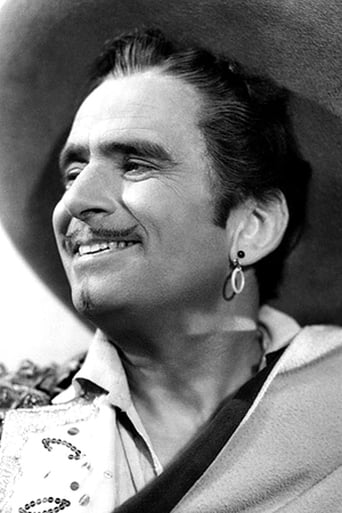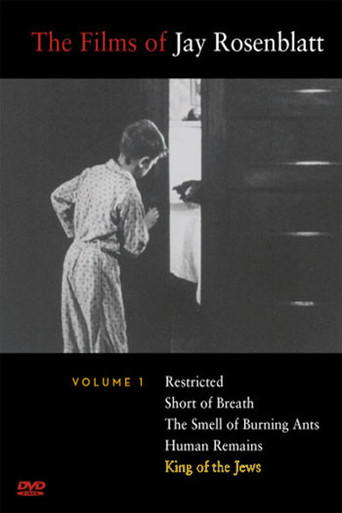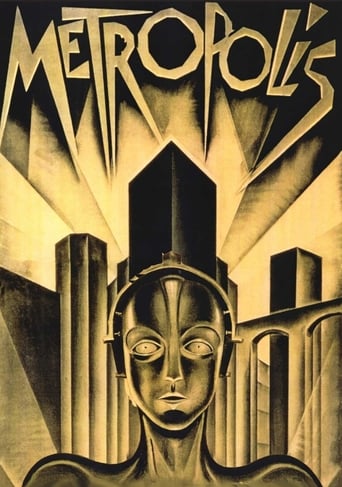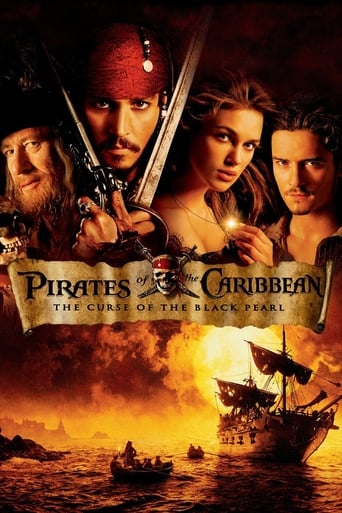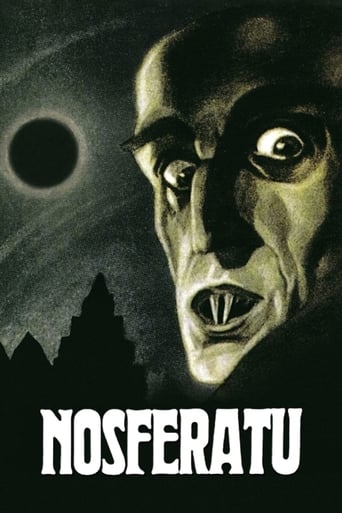
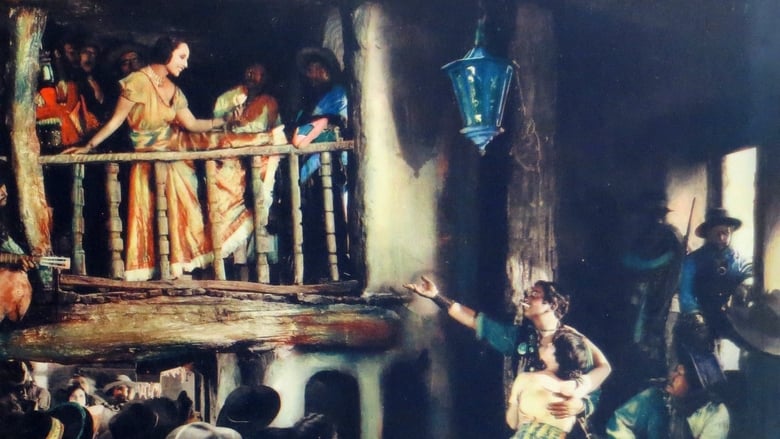
The Gaucho (1927)
A girl is saved by a miracle after she falls from a cliff in the Argentine Andes, and is blessed with healing powers. A shrine is built on the site, and a whole city grows around it, rich with gold from the grateful worshipers. Ruiz, an evil and sadistic general, captures the city, confiscates the gold, and closes the shrine. But the Gaucho, the charismatic leader of a band of outlaws, comes to the rescue.
Watch Trailer
Cast


Similar titles
Reviews
The film makes a home in your brain and the only cure is to see it again.
The movie's neither hopeful in contrived ways, nor hopeless in different contrived ways. Somehow it manages to be wonderful
The film's masterful storytelling did its job. The message was clear. No need to overdo.
A terrific literary drama and character piece that shows how the process of creating art can be seen differently by those doing it and those looking at it from the outside.
Of the Douglas Fairbanks films I've seen so far, there is not one that came across as bad. The Gaucho may be my least favourite of them, it does get a tad too heavy-handed at times and the religious stuff sometimes bogs it down and give off an odd feel. But what makes Fairbanks' films as good as they are are most definitely present in The Gaucho. The sets are some of the most exotic and lavish of any Fairbanks film, and the same can be said of the costumes. The photography is equally beautiful, and the music score is appropriately rousing which make the stunts and such even more exciting than they already are. There is a strong sense of humour that is as fresh and current now as it was then, the director handles things deftly and the story cannot be called routine, if anything of all the films Fairbanks did The Gaucho is perhaps his least conventional story-wise. It is also very briskly paced and with a constant sense of fun and energy, as well as memorable scenes like the aftermath of the healing miracle. It's not a Fairbanks film without mentioning the stunts and they are spectacularly choreographed and dazzlingly executed. And with real athleticism that has not been matched much by many films today standards. Fairbanks steals the show, as he should as he is the star, he is charisma personified and clearly looks like he's enjoying every moment. His stunts are athletic and youthful and he does show some expressive acting like in the healing miracle scene and its aftermath. He is very well-supported by the rest of the cast, the standouts being Lupe Velez, who plays with a lot of appealing spunk and is sexy without even trying, and Gustav von Seyffertitz, whose suave charm but very twisted malevolence makes for one of the nastiest villains of any Fairbanks film. All in all, while not one of Douglas Fairbanks' best it is still a treat. 8/10 Bethany Cox
Douglas Fairbanks made many, many good films over the span of his career. This one, while it has its good points, does not belong in the upper echelon of his best films. In this one, he plays an outlaw who for some reason is a good guy in this film (a rather common theme nowadays). He does his usual "Doug" things, his athletic tricks and so forth, but what is noteworthy about this film is that he didn't do some of the stunts himself. What really kind of bothered me about this film (and the reason it gets a "6") is when he and the local padre decide who gets to go to a healing fountain and who doesn't. A man with a hideous disease that has to keep himself covered is told by Doug to go kill himself! Doug! Nowadays, that probably would not be considered so bad in a movie, but back then, dang! This film is also noteworthy because it was the film debut of the ill-fated actress Lupe Velez. She plays a mountain girl who early in the film falls to what should have been her death by trying to dislodge a lamb who had gotten stuck in some rocks. She sees the Virgin Mary (who I understand was played by Doug's wife at the time, Mary Pickford) and the spot becomes sacred and a healing fountain results. Lupe is very much Lupe, if you've ever seen any of her films, she's very over-the-top pretty much all the way through. In a few years, when she started doing talking pictures and added speech to that, she really came into her own, I think. Anyway, if you just have to see all of Douglas Fairbanks' films, go ahead and see it. If you just want to see a silent film, you can do much better than this one, including several Douglas Fairbanks films.
Technically speaking, this was a good movie. It's obvious United Artists put a lot of money behind this project (and why shouldn't they, as two of the company's creators were the star of this film and his wife!). The sets and costumes were nice, the matte paintings and backgrounds were among the best I've seen in a silent and the stunts were fantastic. However, the overall package was still very weird, as there was an uncomfortably odd combination of various earlier Douglas Fairbanks films along with what looked almost like the Jennifer Jones film "The Song of Bernadette"! Odd to say the least.The film begins with a religious prologue about a young shepherdess falling from a cliff but being miraculously healed by what appears to be the Virgin Mary. Soon a religious shrine is built there.Ten years have now passed. It seems that in this South American nation, a corrupt government is now oppressing the people (just like in "The Mark of Zorro" and "Robin Hood" and "The Black Pirate" and several other Fairbanks films). Fairbanks is a bandit (it's not clear if he steal from the rich and gives to the poor...maybe he just steals) and he and his men take over a small town run by government thugs. However, despite the lovely stunt-work and women who adore him, the Gaucho is a bit of a jerk. When, as the new town's leader, he's mean to someone who has some weird disease (that looks NOTHING like any real illness). As a result, this afflicted person sneaks up on him later and deliberately infects him! And, thanks to some prayers and a re-appearance by the Virgin, the Gaucho is healed and life is good.The story is great to look at but heavy-handed and silly. My advice is first see Fairbanks' more famous films--they are better. Then, if you're curious, try this freaky film. It's good but not among his best by any standard.By the way, speaking of weird, get a load of the 'house scene'. If you see the movie, then you'll know what I mean!!
This is typical 20's Fairbanks, when he was making his grand epic swashbucklers, with typical over-complicated plots. The character reminds me of the first Zorro, but this guy is harder, and nastier (even after his miraculous reform). Fairbanks was also in his mid-forties when he made it, which explains his fined-down, but still very buff, appearance.The plot is a mythical Argentina (with a tango thrown in to define the place, but it could take place anywhere, including Zorro's Early California. Fairbanks does wear an exotic costume, though.Lupe Velez' Mountain Girl is the real departure. She is feisty, for one, and swashes every bit of buckle that Fairbanks does. These sort of characters are usually the one who DOESN'T get her man; here, it is with great satisfaction that she does--a woman ahead of her times!


